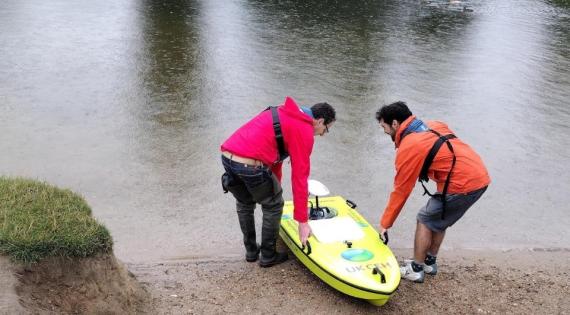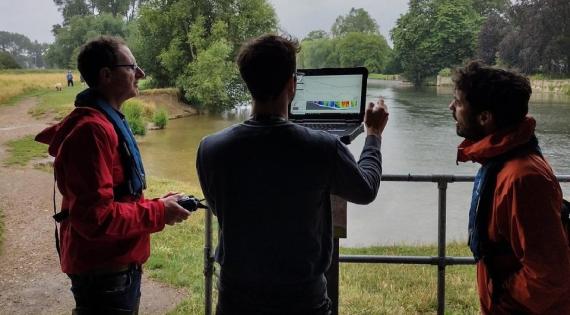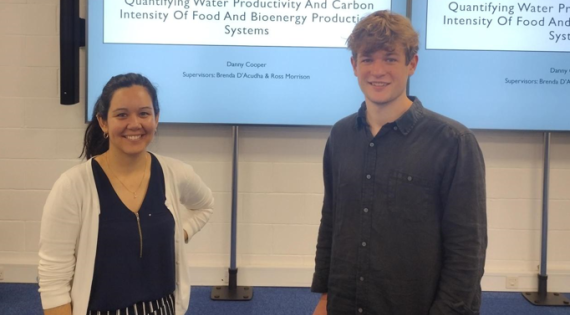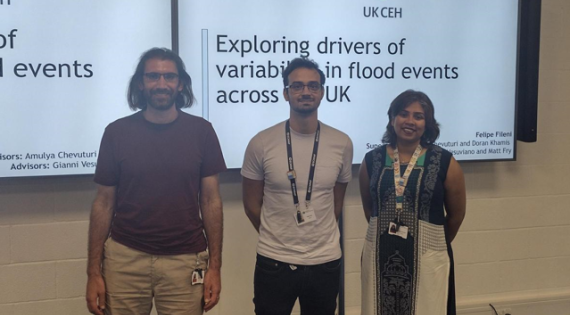 The Hydro-JULES Internship 2024 programme
The Hydro-JULES Internship 2024 programme
The Hydro-JULES intern 2024 programme is now CLOSED. Details of this years projects and application requirements are still shown below.
What is the Hydro-JULES Internship Programme?
The Hydro-JULES intern programme offers students from hydrology and environmental science backgrounds the opportunity to gain hands-on experience working at UKCEH alongside a diverse and collaborative team of Hydro-JULES scientists.
Applicants were invited to apply to the six proposed Hydro-JULES research projects. Successful applicants will have access to hands on learning opportunities in the scientific research sector and a meaningful work experience that will support their academic, professional and personal development.
- Internship dates are from Mon, 8th of July to Fri,16th of August 2024.
- The role is based at our Wallingford site. Hybrid working will not be considered
- Interns will be paid at the B8 annual salary rate c. £23,914 (you will receive c. £2760. before deductions for a 6-week programme).
- Interviews will take place between 15th - 30 April 2024 unless stated.
- Accommodation is NOT provided by UKCEH. Successful applicants are responsible for finding and for covering accommodation and living costs for the duration of the internship.
To be eligible?
Interns must be excellent communicators, numerate and e passionate about hydrology and climate. Depending on the project, skill sets may differ, however all applicants must:
- Be able to work full time (37 hours per week) for the duration of the programme
- Be in undergraduate or postgraduate (including PhD) education at university and returning to university following the placement
- Have the right to live and work in the UK for the duration of the placement
- Studying a relevant degree
- Comfortable working independently with strong communication and interpersonal skills
- Act a strong team player, comfortable both giving and receiving feedback openly
If you had applied, please ensure that the correct documentation has been submitted.
- A letter of support from your supervisor, tutor, director of studies or equivalent confirming that they are content for you to undertake the proposed summer internship
- A covering letter explaining briefly your motivation for applying to the programme; and state which project(s) you are interested in and why
- A short CV indicating your educational and professional experience, and publications (if any)
Successful applicants must also have agreed to the following:
- Provide a one-page report to the Project Manager describing the visit and its accomplishments and a short testimonial within 30 days of completion of the visit
- Appear in publicity and promotion materials for UKCEH
- Agree to produce and present a poster, or give a presentation at Hydro-Jules event in autumn 2024
- Acknowledge the support of Hydro-JULES funds in any publications or presentations arising from the visit
APPLICATIONS ARE NOW CLOSED.



